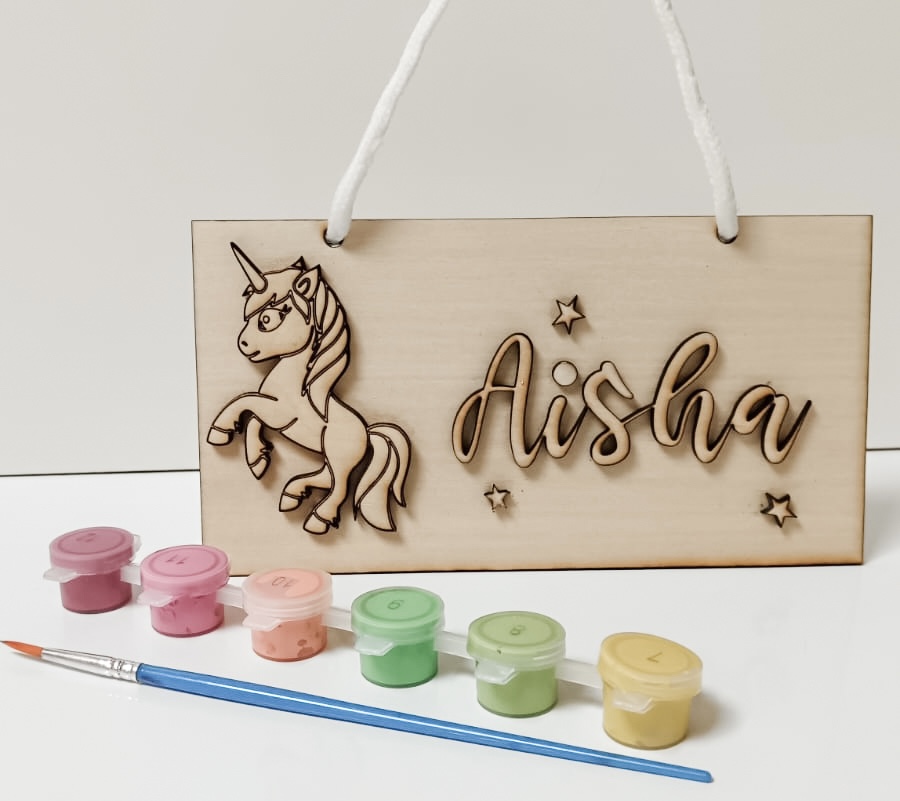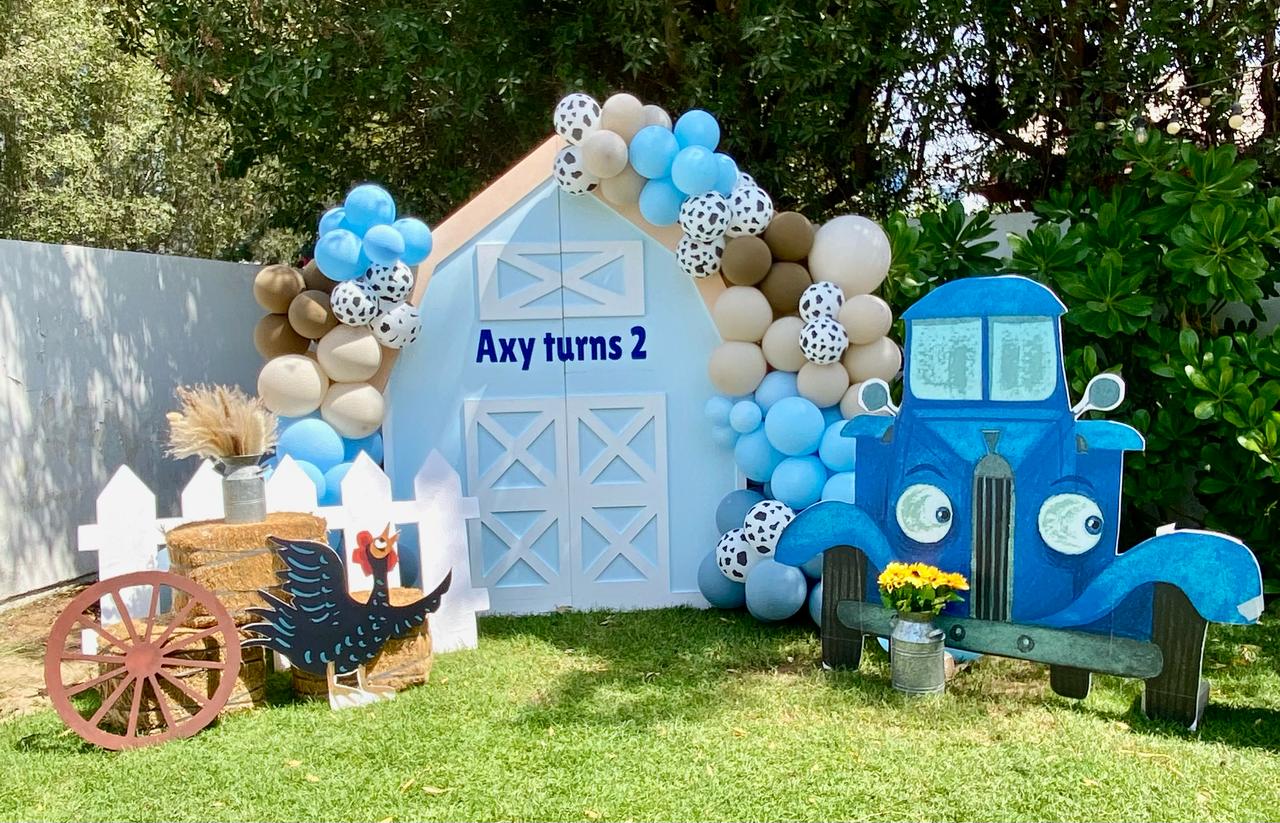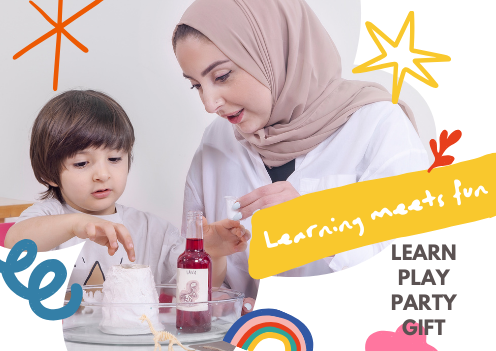No products in the cart.
Return To Shop9 Fun Activities For 2-year-old Kids To Boost Early Learning
Are you looking for some educational activities for your 2-year-old champ? We’ve compiled a list of fun activities to help develop skills and abilities among kids.
After your child turns two, he will go through significant physical, social, intellectual, and emotional changes that will aid him in making sense of the world. Parents must encourage and support their children to master important developmental tasks. They can, for example, introduce your 2-year-old kid to hands-on fun learning activities.
Here are a few excellent learning activities that your children will thoroughly enjoy-
- Building Box
Children can use building toys to create their own imaginary worlds and stories. Imaginative play can significantly improve academic, language, cognitive, and social development among kids. They generate stories as they build buildings, which leads to improved linguistic abilities, including the ability to narrate stories. - RoleplayRoleplay is a crucial component of a child’s development since it helps them develop confidence, creativity, communication skills, physical development, and problem-solving skills. It lets youngsters get into character and act out real-life or imaginary roles, in addition to being a fun pastime.
- Puzzle Solving
A puzzle educates your kid about the concept of a “whole” and how each piece is only a little part of the larger picture. It also helps kids acquire basic abilities like shape recognition, concentration, goal planning, patience, and a sense of accomplishment, all of which will help them succeed in school.Allow your child to solve a variety of puzzles to develop his or her creative thinking and abilities. - Make Some Playdoug
Ask your child to roll the dough into balls and arrange them in a pile one by one, counting them as you go. Make long strings out of them to spell out your child’s name. Allow your little kid to pinch bits and pieces from a huge ball of play dough to improve her fine motor skills.Children build little muscles in their fingers and hands while prodding, rolling, and squishing playdough. They also strengthen their hands and fingers, which are important aspects of physical development for writing, drawing, and other activities. - Pass The Ball
This enjoyable activity for 2-year-olds necessitates the use of a play tunnel. Take turns lifting each end of a softball while standing at opposite ends with your child. It may take some trial and error for your child to get the hang of this, but it is excellent motor planning practice and requires teamwork.Playing with balls can significantly improve children’s motor abilities and hand-eye coordination. - Play A Matching Game
Make two sets of the letters of the alphabet out of card stock or index cards and have your youngster match them up. To avoid overloading her with all 26, start with a few at a time. In any case, make sure the letters are all the same colour so your kid understands that he’s matching them by shape rather than colour. - Count Everything
Play a game where you have to count everything. Count Lego bricks and puffballs, as well as snacks such as crackers and carrots. Make the most of every opportunity to count.It entails assisting children in comprehending the significance of numbers. When children are developmentally ready, they learn the meaning of numbers. - Start A Conversation
Give your child a doll or plush toy and encourage him or her to touch, talk to, clothe, and care for it. Talk to the doll as if it were a child, and urge your child to do so as well.This game for 2-year-olds develops creativity and imagination in addition to linguistic abilities. - Make A Collage
Give your youngster different noses, eyes, hair, and other features cut out from old magazines. Encourage her to use the features to create amusing creatures or comical faces, which she can then glue onto a piece of paper.Your child’s fine motor abilities will improve as a result of making a collage. It’s also a wonderful approach to help your toddler become more conscious of colour and texture.
Conclusion
As you can see, two-year-old fun learning activities don’t have to be difficult or time-consuming. To provide your child with a learning experience, you can try out our subscription learning boxes. To learn more about our affordable monthly subscription plans, click here.
What is your favorite activity for children’s development? Please let us know in the comments section.
If you enjoyed our advice, please share it with others and return to read more blogs.






